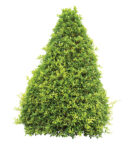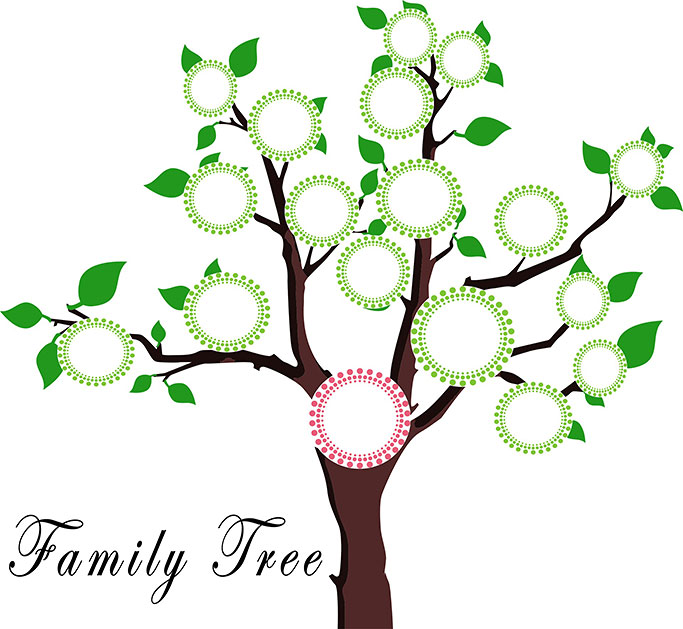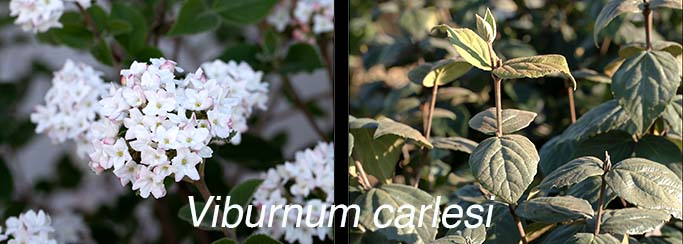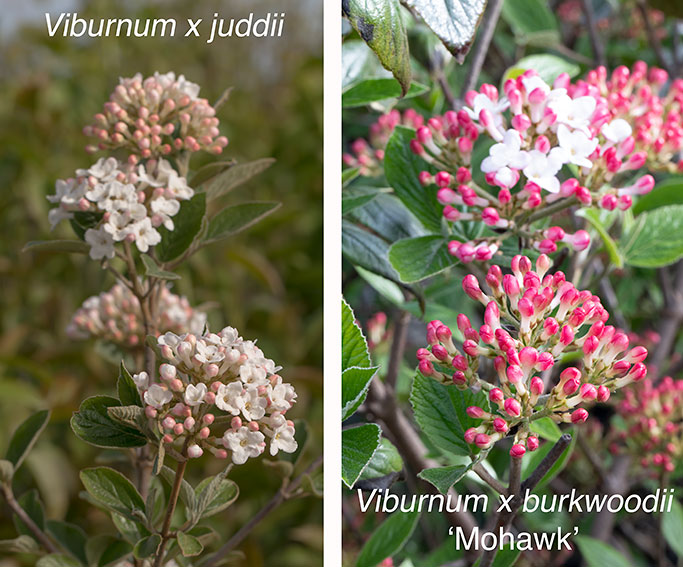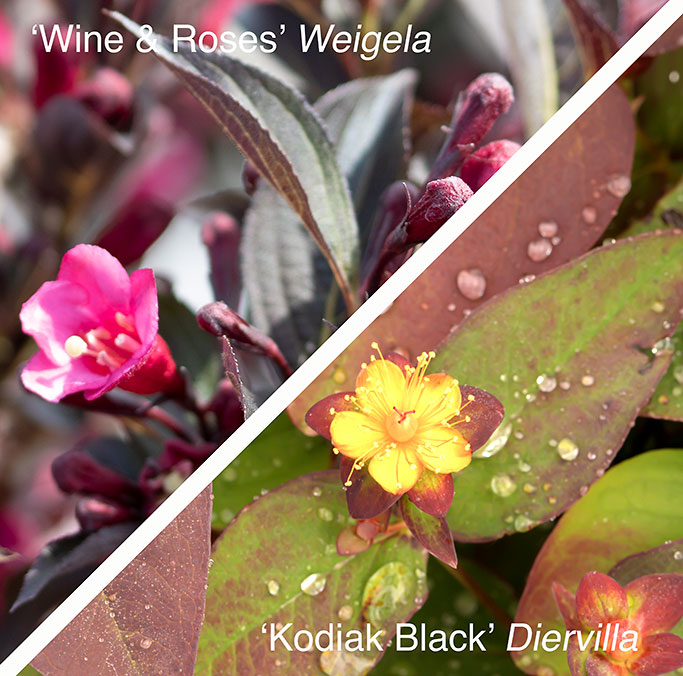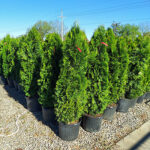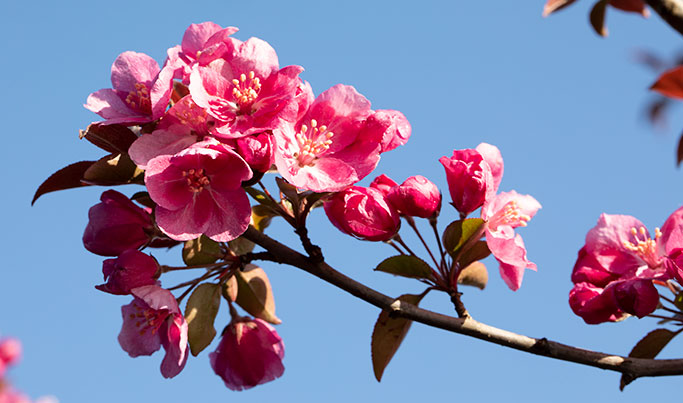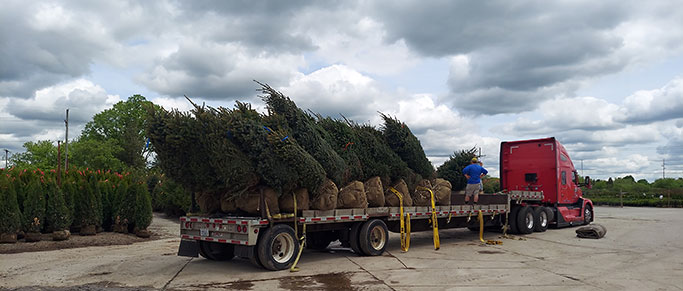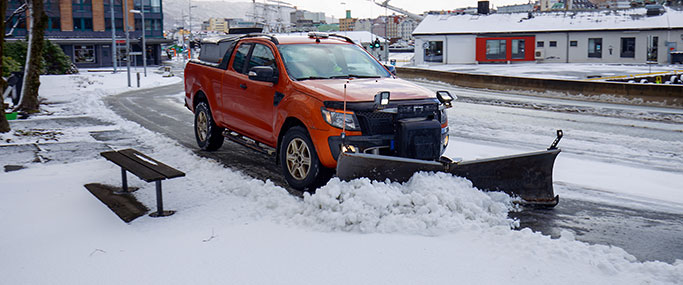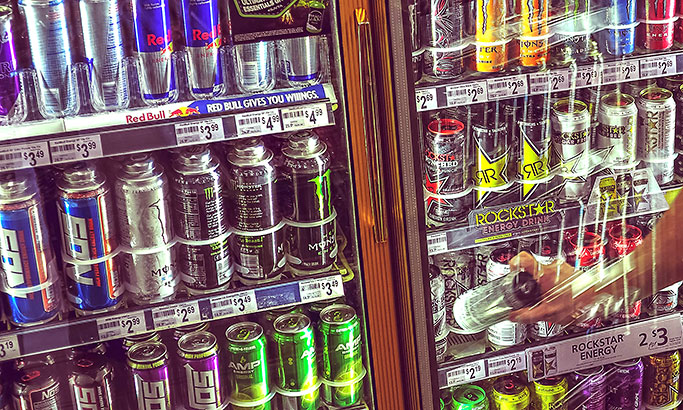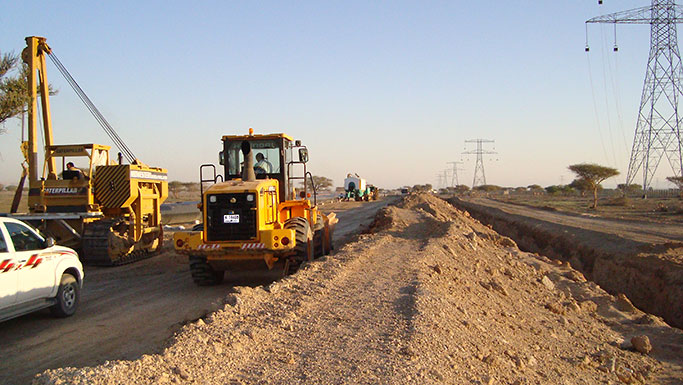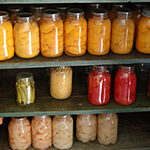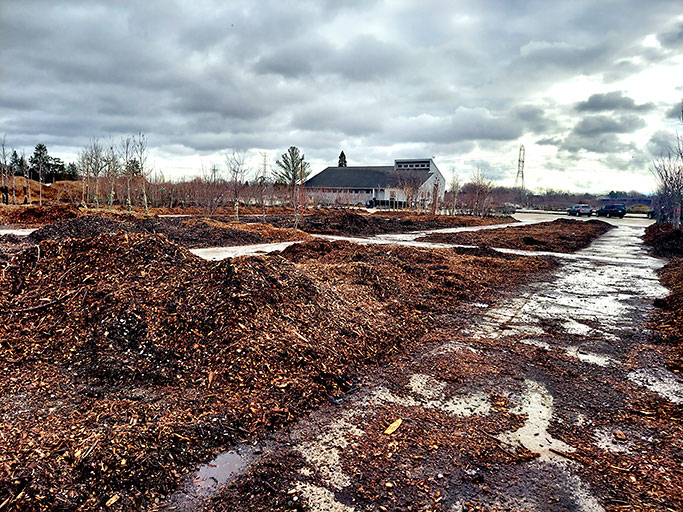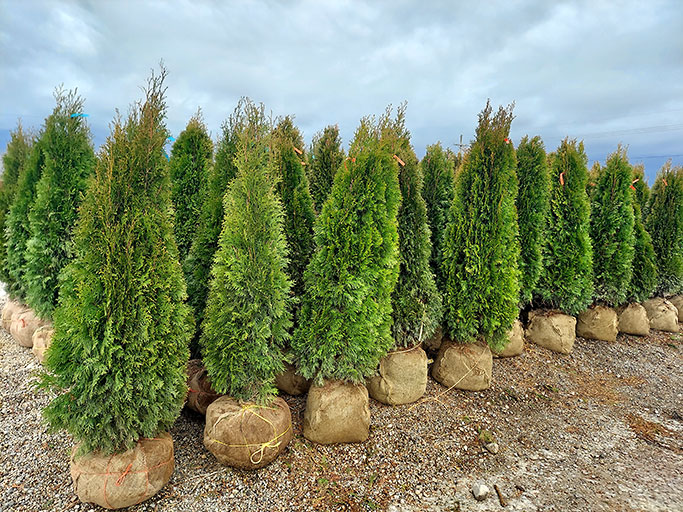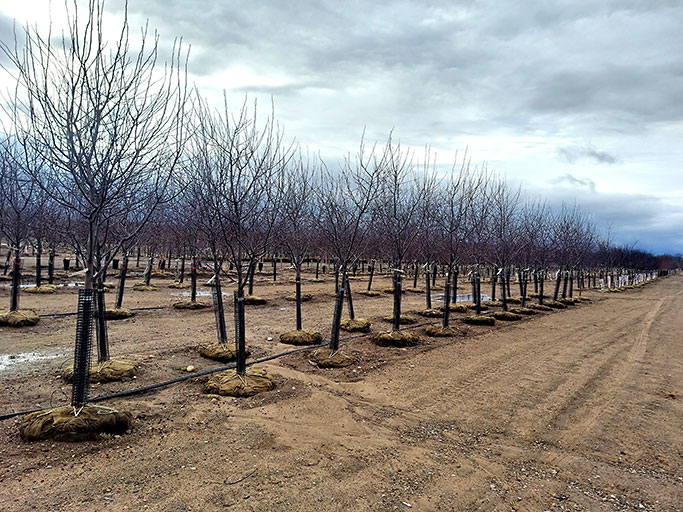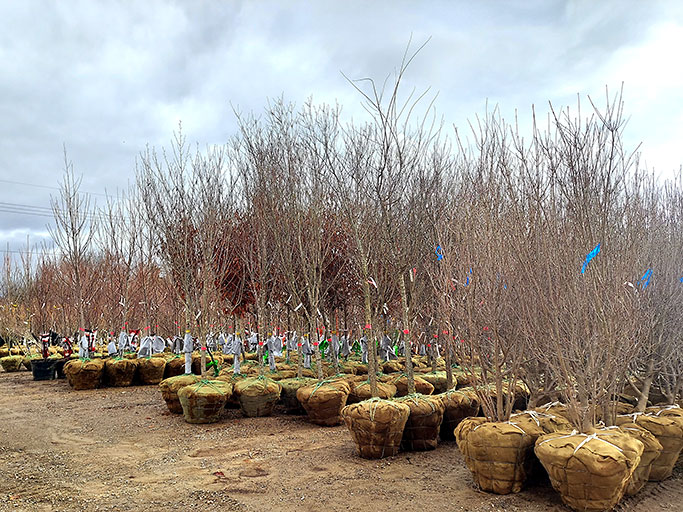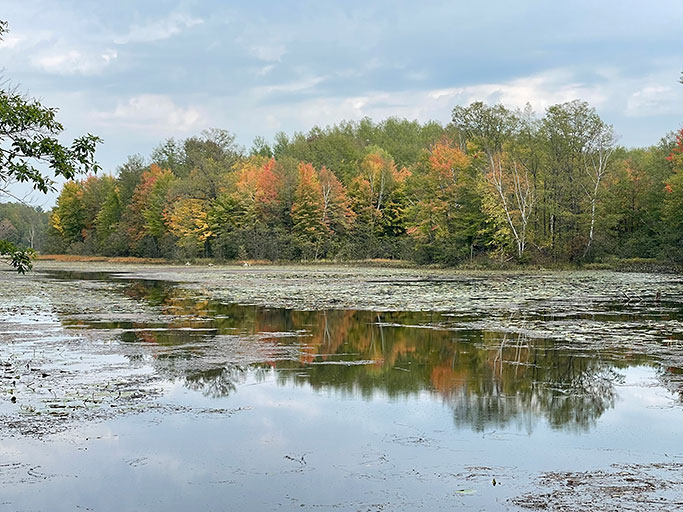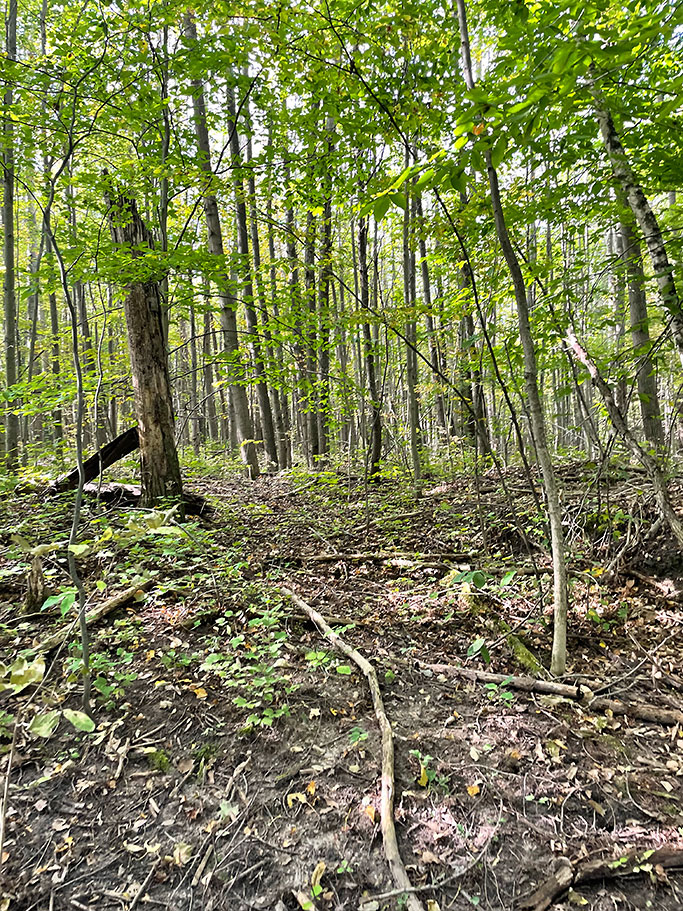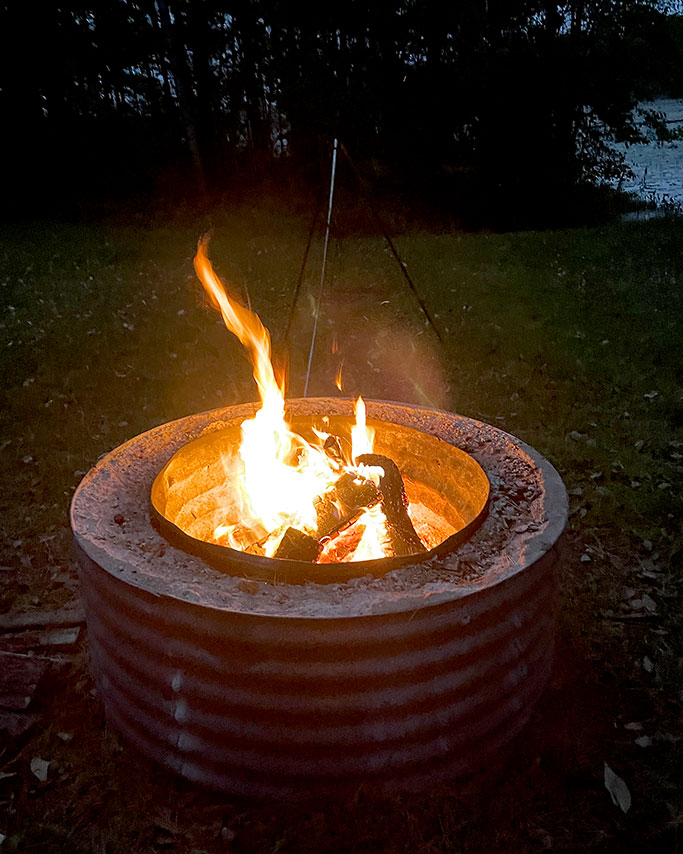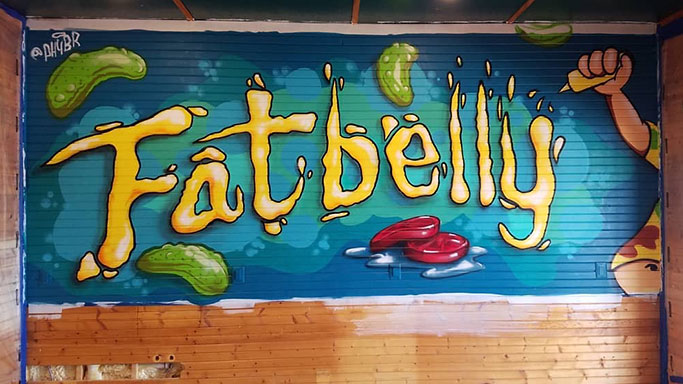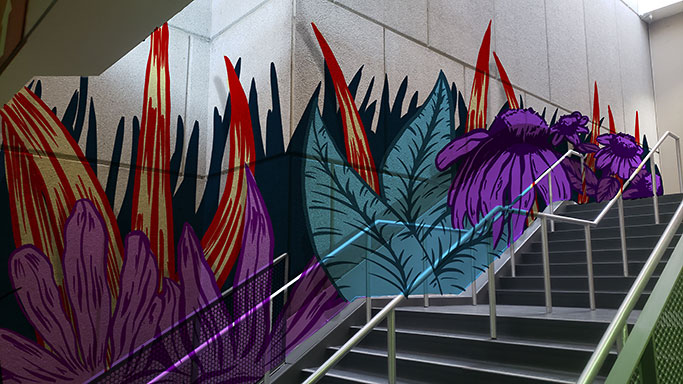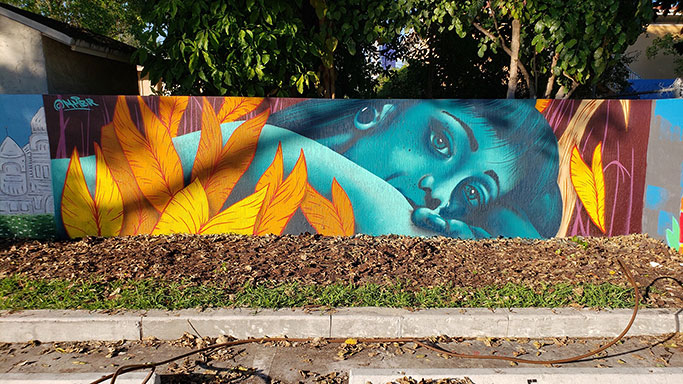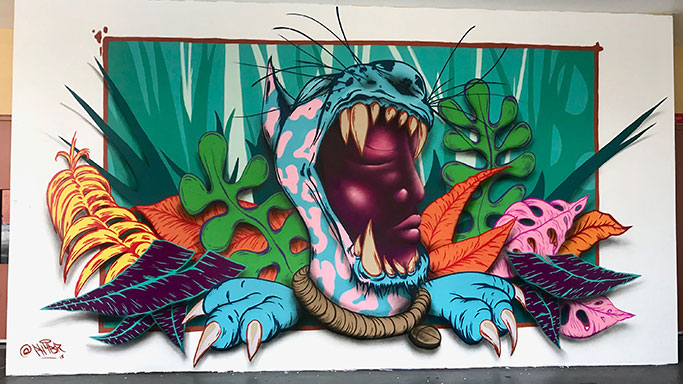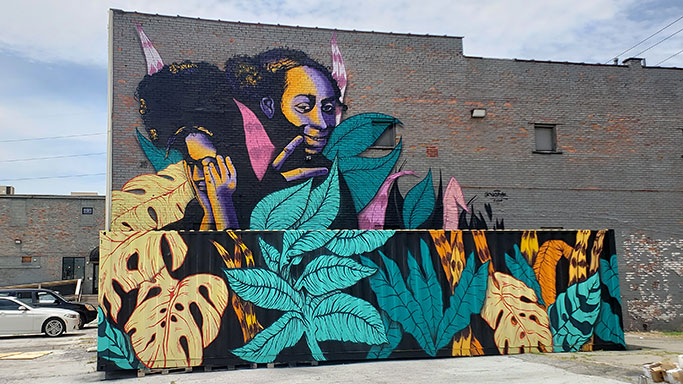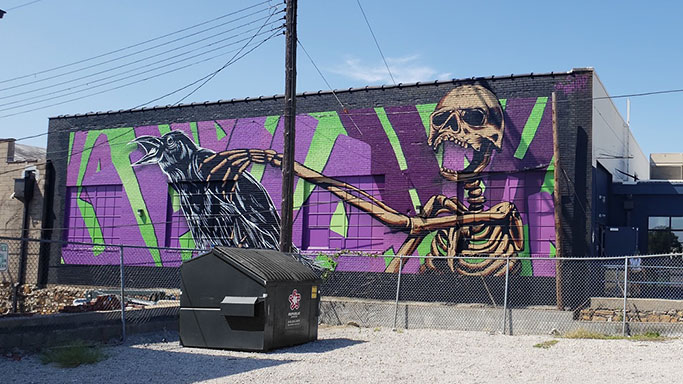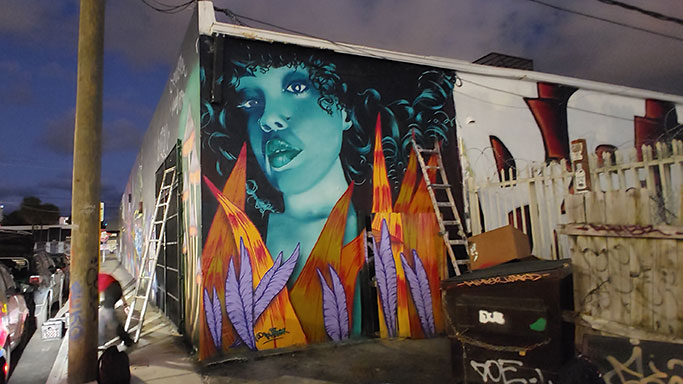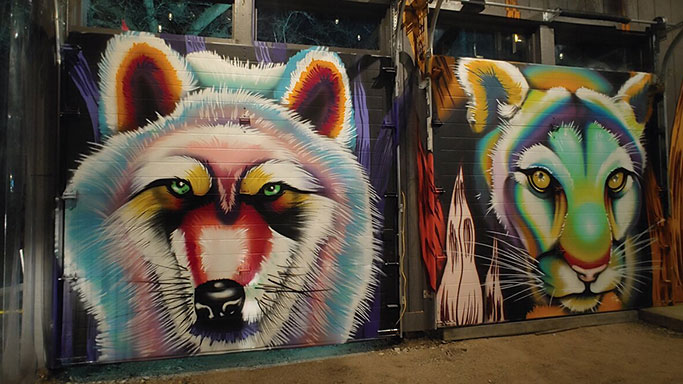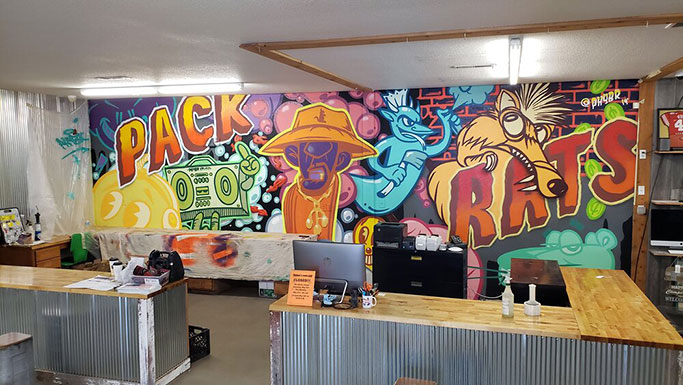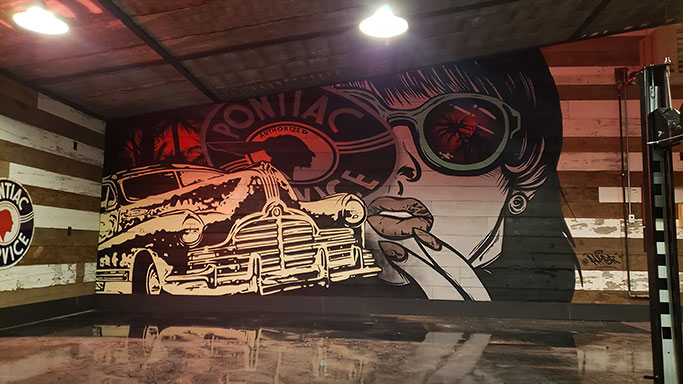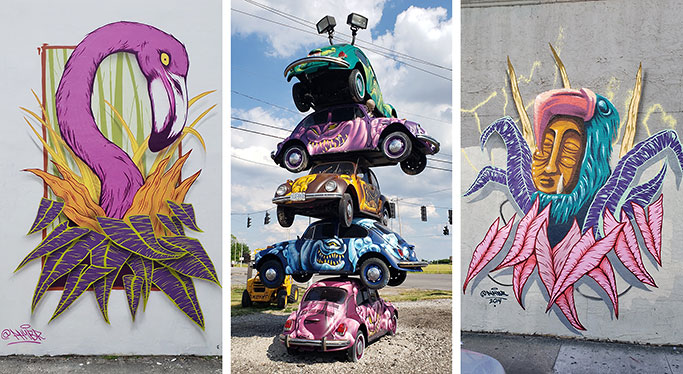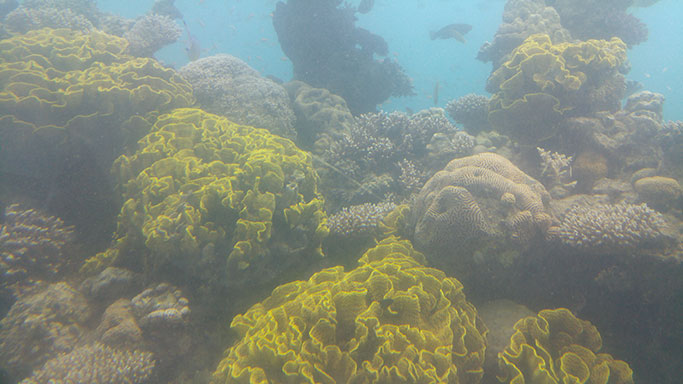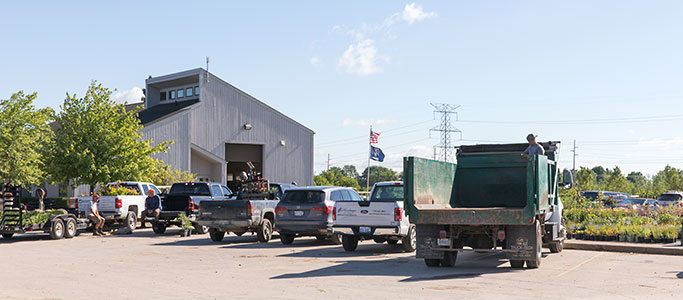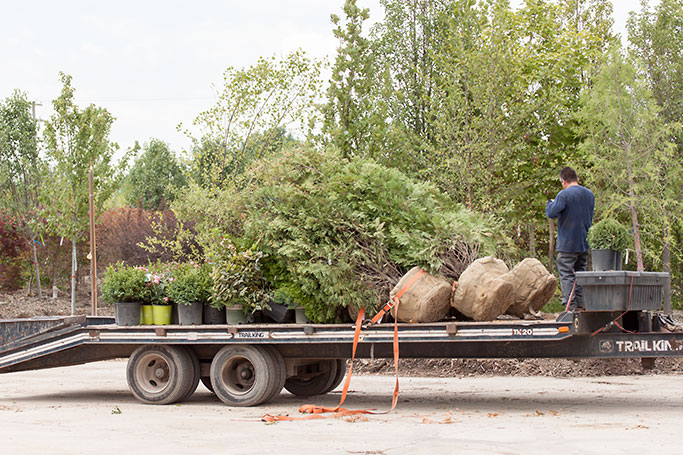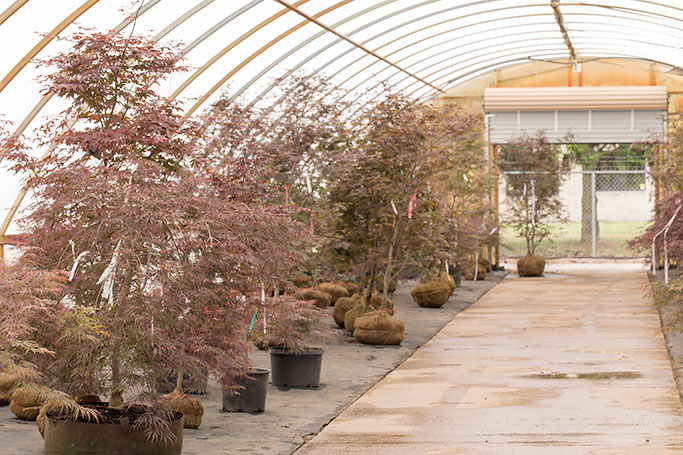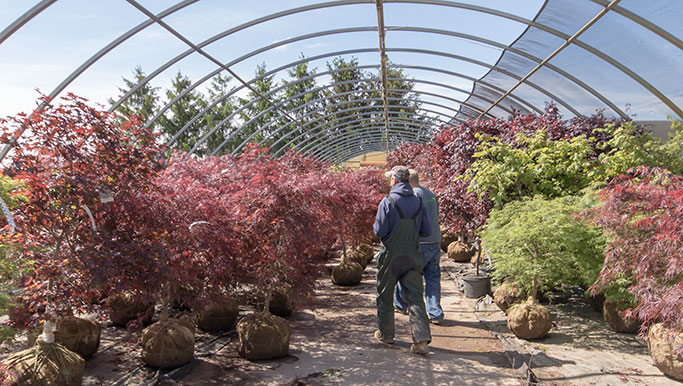By Rick Lazzell
(This article of Sticks & Stones is best viewed on a desktop)
I look around at all the landscaping out there (of course I do) and most of it seems repetitious, characterless, and unexciting. Have we gotten complacent in our creativity? Are we too concerned about being like the Joneses?
A Special Edition STICKS & STONES
in cooperation with:

The "Little Green Hedge"

Photo 1
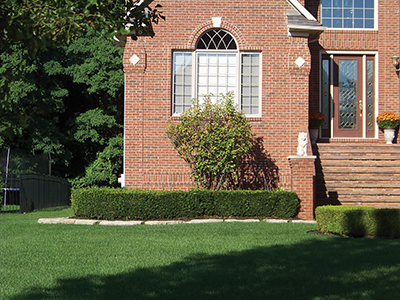
Photo 3
Here's some excitement!

Photo 5

Photo 7
The "Cattle Call Hedge"

Photo 9
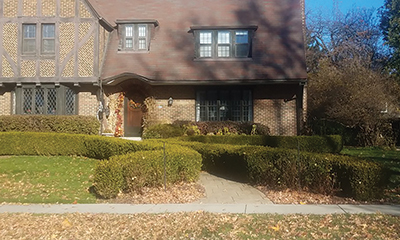
Photo 11

Photo 13

Photo 15
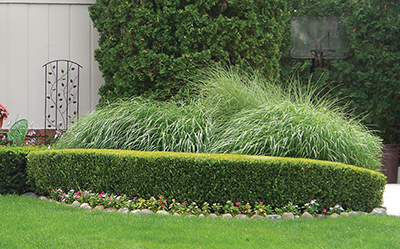
Photo 17
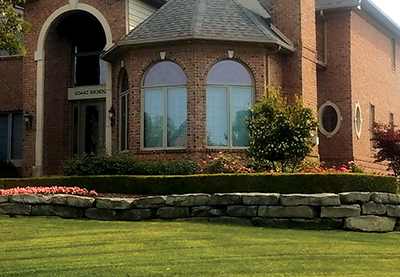
Photo 19
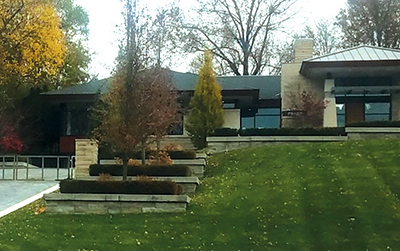
Photo 21
The "I Can't Breathe Hedge"

Photo 23
They Tried
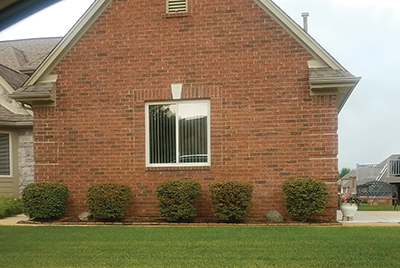
Photo 25
Defining Spaces

Photo 27

Photo 29
Looks Like a Skinny Park
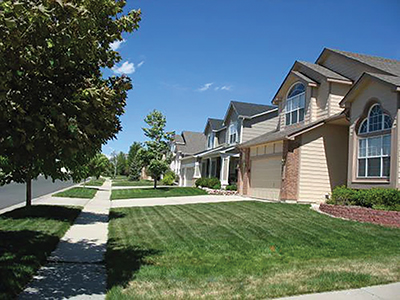
Photo 31
The "Anaconda Hedge"
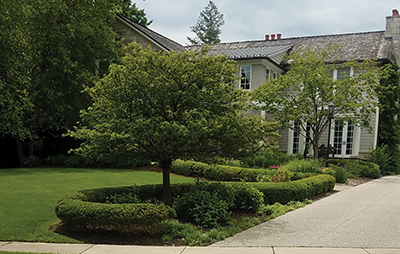
Photo 33

Photo 35
Hum this song while reading this article: “Where Have All The Flowers Gone” By Pete Seeger.
So, what is the deal with the proliferation of all these “little green hedges” all over the front yard? (Photos 1-4)
Especially up against the front of the house. I mean, what is attractive about a mass of green velcroed against the house? And it doesn’t matter what color the house is, the hedge is always green.
What are they trying to hide? There are no ugly foundations to hide anymore.
Foundation plantings are supposed to help the house blend into the property. A green wall between the house and the additional landscaping and yard is doing exactly the opposite.
How about adding some interest and excitement – color, textures and form changes?
Now here are some examples of landscapes with some excitement! (Photos 5-8)
This “little green hedgy thing” does not end there. We have these “cattle call hedges” along front walks.
(Photos 9-13)
It's like you are cattle being herded to the front door – not allowed to veer off the path and explore.
Get your body straight to the front door – pronto.
And then there is what I like to call the “authority hedge”. A little green hedge put in place by “those in charge” to make sure plants don’t escape. (Photos 14-17)
With an “authority hedge” you really miss out on adding some plantings to the bed that will add some excitement. I guess if the plants are all leggy and stuff this hedge makes sense. Other than that???
And there is this notion that if there is a wall in the landscape you must put a “little green hedge” in front of it or on top of it. It doesn't matter that they may be hiding an attractive and expensive feature. (Photos 18-22)
Lastly is the “I can't breathe hedge”. Those hedges that are planted in a narrow bed between the sidewalk and the garage. (Photos 23 & 24)
They tried. (Photo 25)
Those poor plants are hacked back sooo bad that there is no way for them to breathe and they end up dying a slow agonizing death. There are alternative ways to handle this situation and add a little more excitement. (Photo 26)
Now don’t get me wrong, “little green hedges” have their place. I'm a big advocate of defining spaces. (Photos 27-30)
Too often if you look along a street all the yards just blend right into the next yard, into the next and so on. Looks like a skinny park. (Photo 31)
But we are not done yet! We have the mix of miscellaneous “little green hedges”.
Photo 32 is a larger version of the “cattle call hedge”. I'm surprised there are not gaps in the hedge from people falling into them when they get out of their car. What about snow?? Where does it go?
Then there is the cousin of the anaconda walk, the anaconda hedge. Scary. (Photo 33)
Also available in the “little green hedges” category is the “dis-jointed” version. (Photos 34 & 35)
And the ever so popular duo of hydrangea and boxwood. (Photo 36)
I understand that a lot of homeowners DO want to look like the Joneses. But you can help bust up this “little green hedge” calamity by giving clients options and letting them know, with pictures, that excitement is a good thing, not to be scared of.

Photo 2
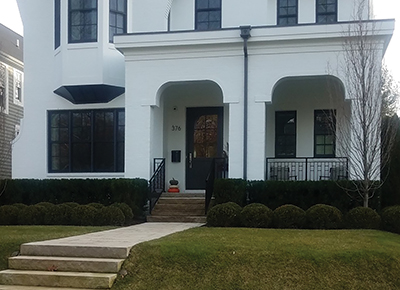
Photo 4

Photo 6
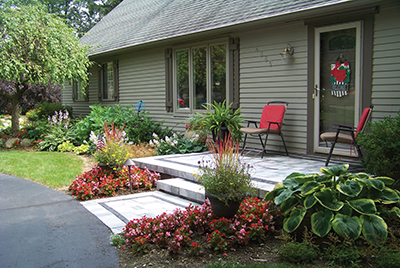
Photo 8
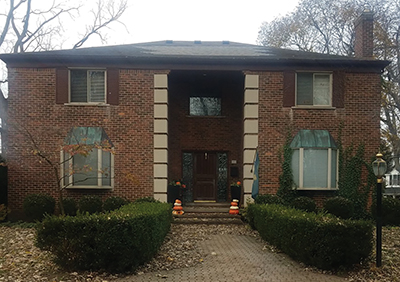
Photo 10

Photo 12
The "Authority Hedge"
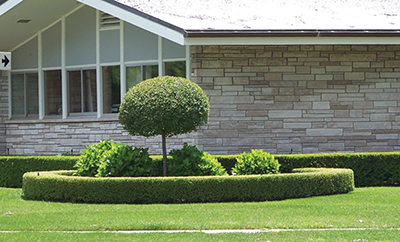
Photo 14

Photo 16
The "Little Green Hedge"

Photo 18

Photo 20

Photo 22

Photo 24
... More excitement

Photo 26
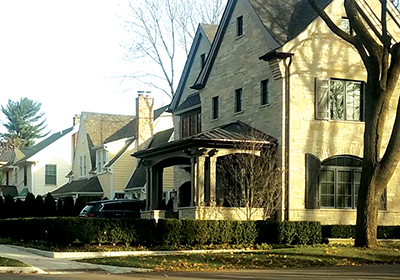
Photo 28
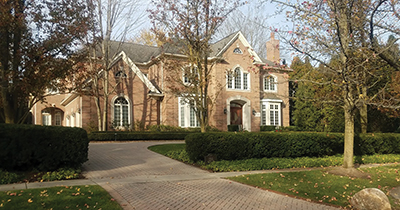
Photo 30
The Large "Cattle Call Hedge"

Photo 32
The "Dis-Jointed Hedge"
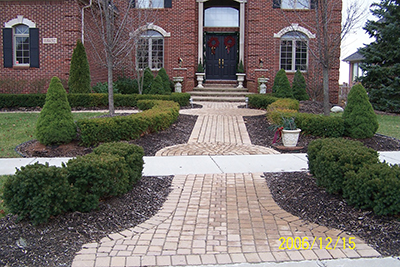
Photo 34
The "Hydrangea-Boxwood Hedge"
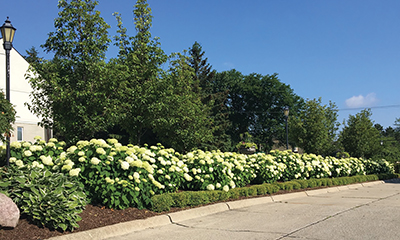
Photo 36

